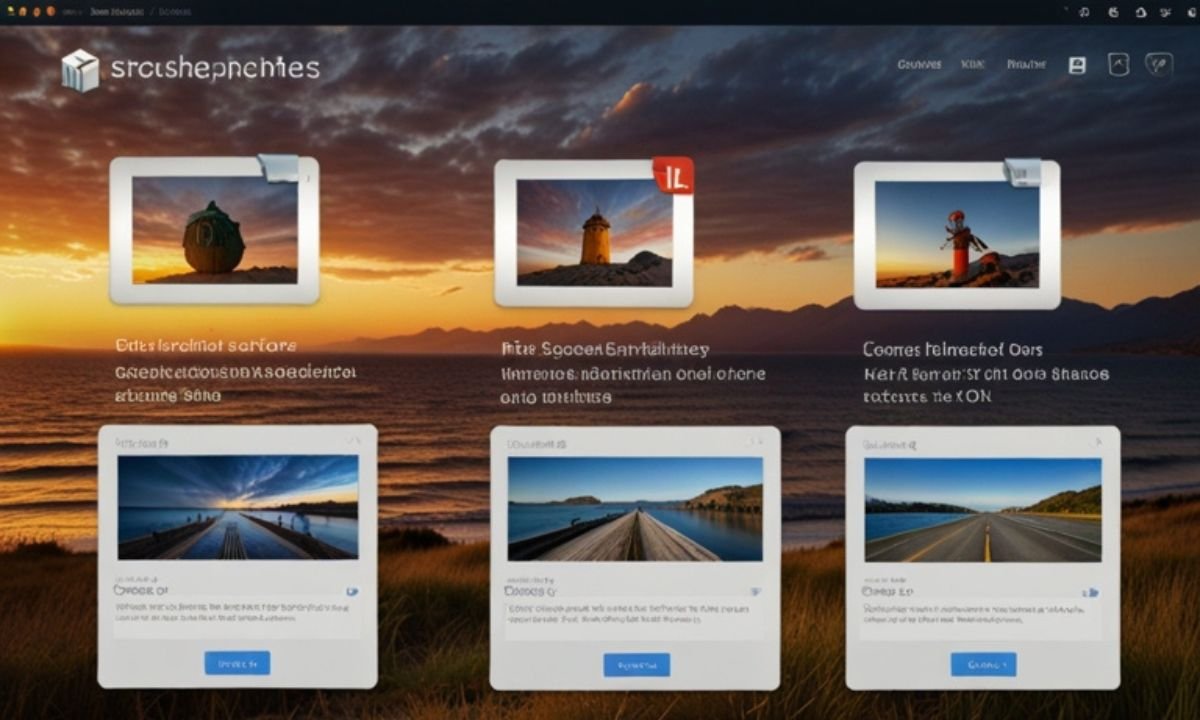Goads on NYT are an exciting and interactive feature for readers of The New York Times, providing a platform for concise, thought-provoking commentary. By allowing readers to react to articles in 140 characters or less, Goads cultivate meaningful discussions and make a significant impact on online engagement. This article will unpack what Goads on NYT are, tips for crafting impactful Goads, their role in fostering community, and why you should consider joining the conversation.
Goads may be short, but their value is substantial—they inspire vibrant debates while respecting the time of busy readers. Whether you’re a frequent commenter or new to online discussions, this guide will highlight the essentials to make the most out of this unique feature.
What are Goads on NYT?
Goads on NYT represent curated reader comments added at the conclusion of New York Times articles. These comments offer an entry point for readers to express their thoughts succinctly, creating a space for quick yet meaningful reactions. Limited to around 140 characters (much like a tweet), Goads are designed to be sharp and concise while adhering to strict moderation standards set by the NYT editorial team.
The Submission Process
Submitting a Goad is a straightforward process. After reading an article, a reader can try their hand at distilling their reaction into a few sharp sentences. Submitted Goads are reviewed by moderators, ensuring they stay relevant, adhere to community guidelines, and maintain quality. This moderation creates a respectful environment for impactful conversation.
Why Goads Matter
Goads are not just filler—they elevate the conversation. By trimming long-winded tangents and demanding brevity, they spark more engagement and leave room for diverse opinions. Additionally, their thoughtful curation ensures that only high-quality remarks are showcased, encouraging others to contribute thoughtfully.
How to Write a Good Goad
Crafting an effective Goad may seem challenging due to its strict character limit, but with practice and the right approach, you can master this art.
Tips for Crafting Thoughtful Comments
- Keep It Relevant
Before drafting your Goad, reflect on the subject of the article. Avoid general remarks and try to address a specific aspect of the piece.
- Be Concise
With only 140 characters to work with, every word matters. Avoid unnecessary filler and get straight to the point.
- Stay Empathetic
Goads are about sparking respectful discussion. Even if you’re sharing a critical viewpoint, ensure it’s framed constructively.
- Add Value
A great Goad poses questions, offers unique insights, or reflects on broader implications. Make your comment worth reading.
- Use Active Language
Aim for an active voice to make your point clear and engaging. For example, “This article highlights a crucial flaw in urban planning” is more direct than “A crucial flaw in urban planning is highlighted by this article.”
Examples of Effective Goads
- “Fascinating exploration of climate policy. But how can cities adapt without sufficient funding?”
- “This piece misses the role of small businesses in economic recovery. Thoughts?”
- “Well-written, but we need clearer solutions for healthcare reform.”
By using these strategies, even a short Goad can leave a lasting impression.
The Impact of Goads

Goads on NYT play a significant role in shaping the discussion around articles, amplifying readers’ voices and fostering a sense of community. They offer various benefits for both individuals and the platform itself.
Encouraging Community Engagement
By making comments visible and easy to digest, Goads encourage more readers to participate. Instead of scrolling through lengthy responses, users can quickly scan concise perspectives, making interactions more dynamic.
Additionally, Goads bring together a diverse group of individuals. Readers from various backgrounds can contribute their opinions, creating a vibrant exchange of ideas. This inclusivity strengthens the sense of community among readers.
Driving Meaningful Conversations
Due to the moderation process, Goads ensure that discussions remain civil and on-topic. This curated approach minimizes harmful language, cultivating an environment where constructive debates can thrive.
Also, the depth of conversations often extends beyond the article itself. Readers are prompted to reflect on broader societal issues, fostering critical thinking and learning.
Why You Should Participate in Goads
Participating in Goads offers readers a chance to be part of an engaging and thoughtful community. By sharing your reactions, you contribute to shaping the discussions around important topics. Additionally, writing Goads improves your ability to express complex ideas succinctly—a skill that’s valuable in both personal and professional communication.
Conclusion
Goads present an opportunity to reflect, share, and grow within a community of critical thinkers. By participating, you not only enhance your analytical and communication skills but also contribute to meaningful conversations that drive awareness and understanding of essential topics. Whether you are seeking personal growth or hoping to inspire change, Goads provide a platform to make your voice heard and engage with ideas that matter.
Get involved, hone your commentary skills, and make your voice heard in the conversations shaping today’s headlines.
YOU MAY ALSO LIKE
Unlocking the Mystery: The Vault Opener NYT Crossword Revealed
FAQS
1. What is the purpose of Goads on NYT?
Goads provide a platform for readers to share concise and impactful reactions to articles, fostering thoughtful discussions and community engagement.
2. How long can a Goad be?
Goads are limited to around 140 characters, challenging readers to distill their thoughts into a sharp and focused response.
3. Who moderates Goads, and why?
Goads are reviewed by NYT moderators to ensure quality, relevance, and adherence to community guidelines, creating a respectful and engaging environment.
4. Can anyone submit a Goad?
Yes! Any reader can submit a Goad, but not all submissions are published. Only high-quality comments that add value to discussions are selected.
5. Why should I write Goads?
By writing Goads, you contribute to meaningful conversations, improve your communication skills, and join a vibrant community of engaged readers.










